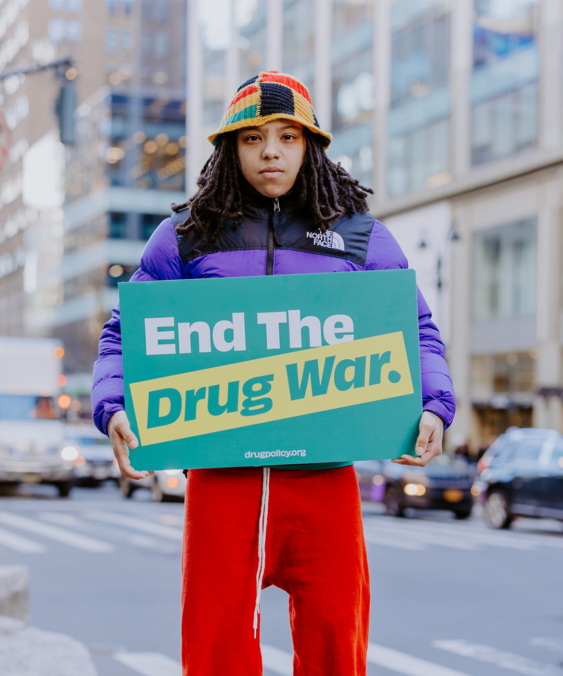
Tony Newman at 646-335-5384 or Gabriel Sayegh at 646-335-2264
New York– A new report released today by the Legal Aid Society of New York shows that the changes to the Rockefeller Drug Laws in ’04 and ’05 have been a huge success with tens of millions of dollars being saved and remarkably low levels of recidivism of people who have been re-sentenced and released from prison. On average, people who were re-sentenced and released early from prison as a result of the 2004 and 2005 drug law reforms have an overall recidivism rate of 8.5 percent, while the overall rate of recidivism rate for people released in the same period is nearly 40 percent.
The report analyzes data related to the 2004 and 2005 reforms to the Rockefeller Drug Laws, where over 1,000 incarcerated people became eligible for resentencing and release. The findings illustrate that New York’s judges are exercising their discretion on a case by case basis and proving to be an effective screen that protects the community from new crime. The recidivism rate for those people who were re-sentenced and have been out of prison for three years is about three times better than that produced by the highly praised DOCS Shock program. The report also finds by resentencing and releasing eligible people under drug law reform, the state saved over $40 million.
“The process by which judges exercise discretion who should be resentenced has shown to be effective,” said William Gibney, an attorney and co-author of the report. “The majority of those re-sentenced and released under the drug law reform have not committed new crimes. Despite the claims of dangerous consequences by District Attorneys in opposing re-sentencing petitions, the people released so far under the drug law re-sentencing provisions have proven to pose a low risk to the community.”
Building on the limited reforms of 2004 and 2005, Governor Paterson enacted real reform of the Rockefeller Drug Laws in 2009, which included expanding treatment instead of incarceration for low level drug offenses and allowing for over 1,000 people incarcerated on low-level nonviolent drug offenses to petition the court for resentencing. During every step of the process, some district attorneys worked to block the reforms and their implementation, promising that real reform of the Rockefeller Drug Laws would result in chaos on the streets.
“The claims made by some prosecutors are not only ridiculous, but simply uninformed,” said Gabriel Sayegh, project director with the Drug Policy Alliance. “This report shows that judges are making decisions that protect public safety and save taxpayer dollars. Some prosecutors appear unable to deal with the fact that the failed Rockefeller Drug Laws have finally been reformed. By making such outlandish and false claims, these prosecutors are losing whatever credibility they have left on this issue.”
“We had nearly 40 years of prosecutor-based discretion, and what did we get? Thousands of lives destroyed by long prison terms for low-level drug offenses,” said Anthony Papa, communications specialist for the Drug Policy Alliance. “As someone who spent 12 years behind bars on a nonviolent drug offense, I know how important it is for those who have drug problems to get help instead of a prison cell. Prison doesn’t address addiction.”
View a copy of the Legal Aid Society report.

Notifications